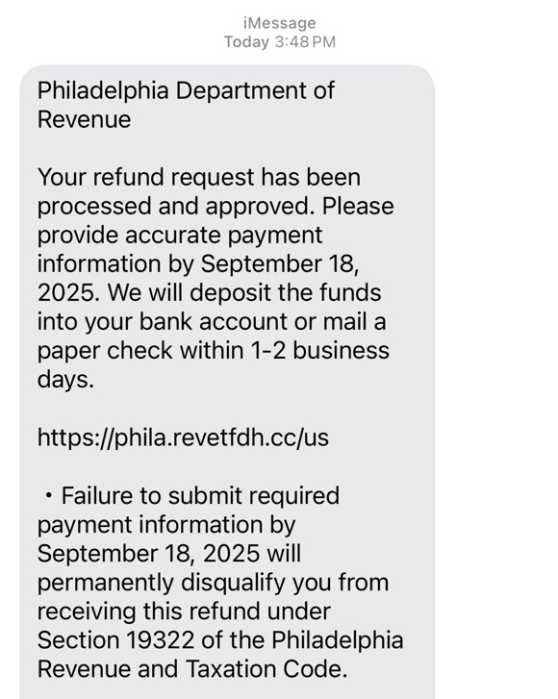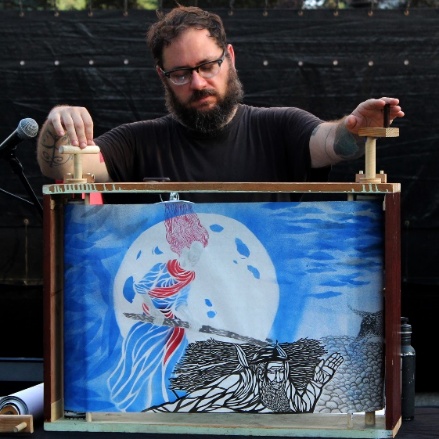When he’s not breaking through his bluejeans as the “Hulk”or otherwisewooing us on the big screen, actor Mark Ruffalo is often investing his time on a more everyday issue: drinking water. On Monday, Ruffalo and a handful of students, scientists and volunteers waded into the Tacony Creek in Cheltenham to examine the water quality and probability for timely ecological improvement.
Ruffalo said ever since he was a boy — whether it was growing up near Lake Michigan or along the Delaware River in Callicoon, New York, where he lives now — the issues of drinking-water conservation and preservation have always been close to his heart. “Probably growing up along creeks like these, as a boy and watching them go from really pristine places to being contaminated … I watched the fish there with ulcers and cancers growing off of them. During that time there was a big push for people to understand why our aquatic life was getting contaminated,” he said. “I’m a child of that period of time. Then, as I got older and had my own kids, I saw how the world was being affected — the natural world and wanting it to be safe and clean for them — I’ve just become more and more involved in this work.” Ruffalo met with volunteers from the Delaware River Watershed Initiative, a collaboration of about 50 nonprofit organizations that have developed shared action plans they hope will reduce threats to water quality throughout the Delaware Valley. It’s partnered with environmental scientists with the Academy of Natural Scientists of Drexel University, fundraisers from the William Penn Foundation and stream-keepers and staff from the Tookany Tacony Frankford Watershed Partnership, to name a few. “Our focus is to bring this watershed back to health,” said Julie Slavett, executive director of the Tookany Tacony Frankford Watershed Partnership.
She said some of the group’s bigger concerns are storm-water runoff, like the sediment that accumulates in parking lots after heavy rains, for example, as well as flooding in the Tacony Creek.
“The city’s drinking water comes from the Delaware [River], which this creek flows into, and the city is doing a very good job dealing with the runoff problem. In 25 years, Philadelphia’s creeks will be fishable and swimmable,” she said. Laura Sparks, executive director of the William Penn Foundation, said the foundation has seeded the DRWI with about $40 million in funding, but an additional $190 million would be ideal to show measurably improved water samples by 2024. “The Delaware River serves 15 million people — so 5 percent of the U.S. population get their drinking water from this watershed,” said Sparks.
Since 2008, Ruffalo has publicly expressed opposition to fracking, and particularly hydraulic fracking, and said he considers it a personal mission to help clean up what’s happening around his home. “I live along the Delaware River. A lot of people don’t understand that a lot of these waterways are connected, so what’s happening here is happening downstream. It’s happening in my community,” he said. “I was fighting hydrofracking, starting in Pennsylvania. I saw it for the first time — all the devastation it was causing — and then it became imperative to protect the Delaware River as the treasure it is.”
Mark Ruffalo gets his feet wet in Tacony Creek

Charles Mostoller



























